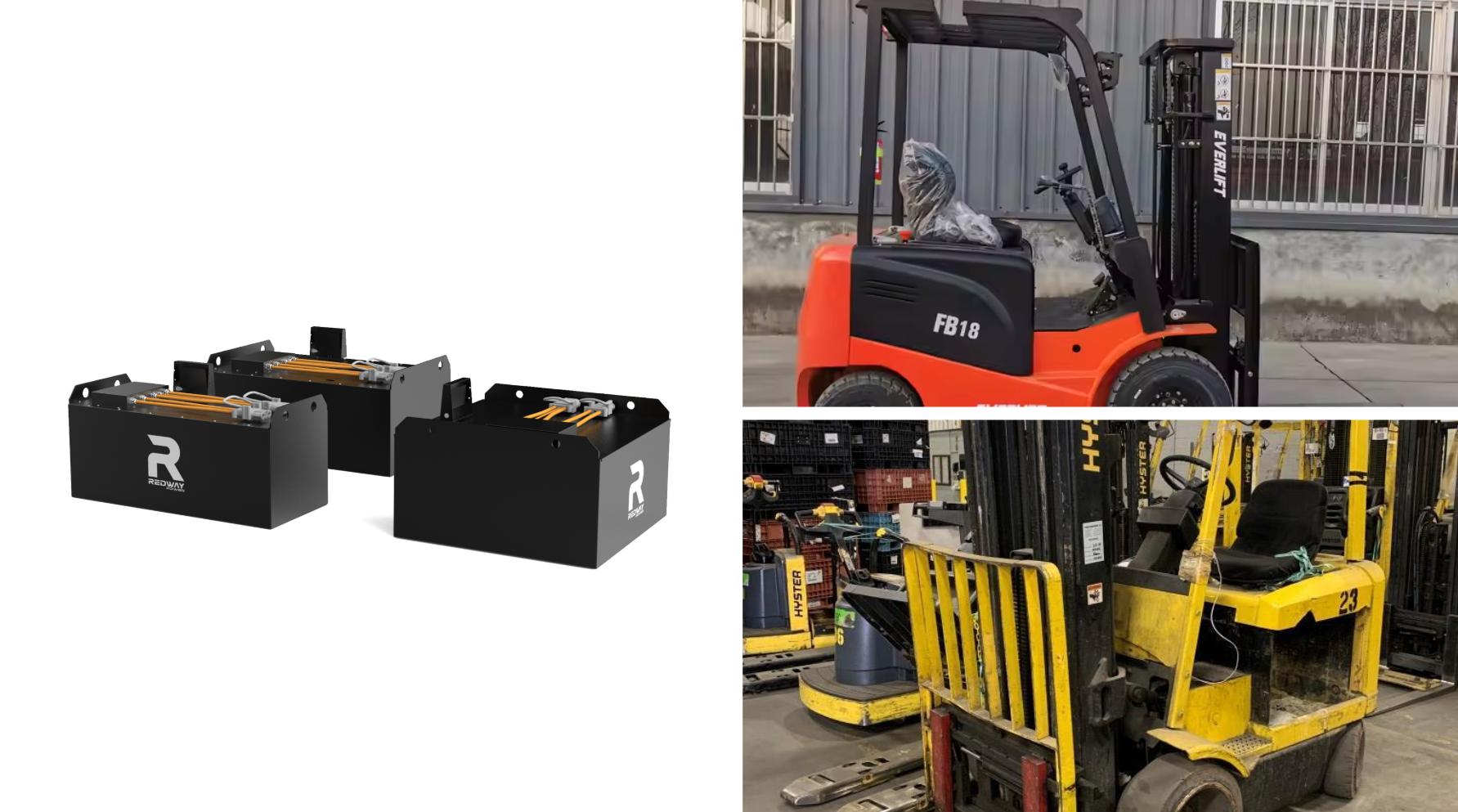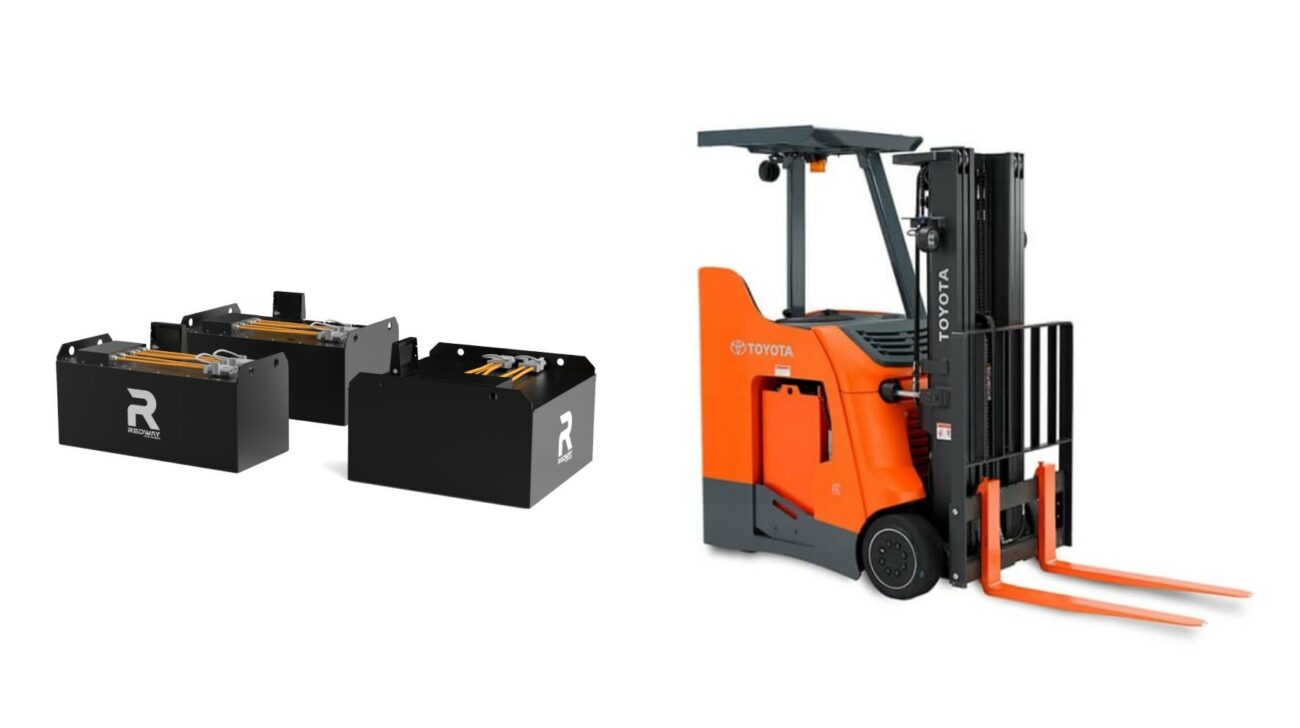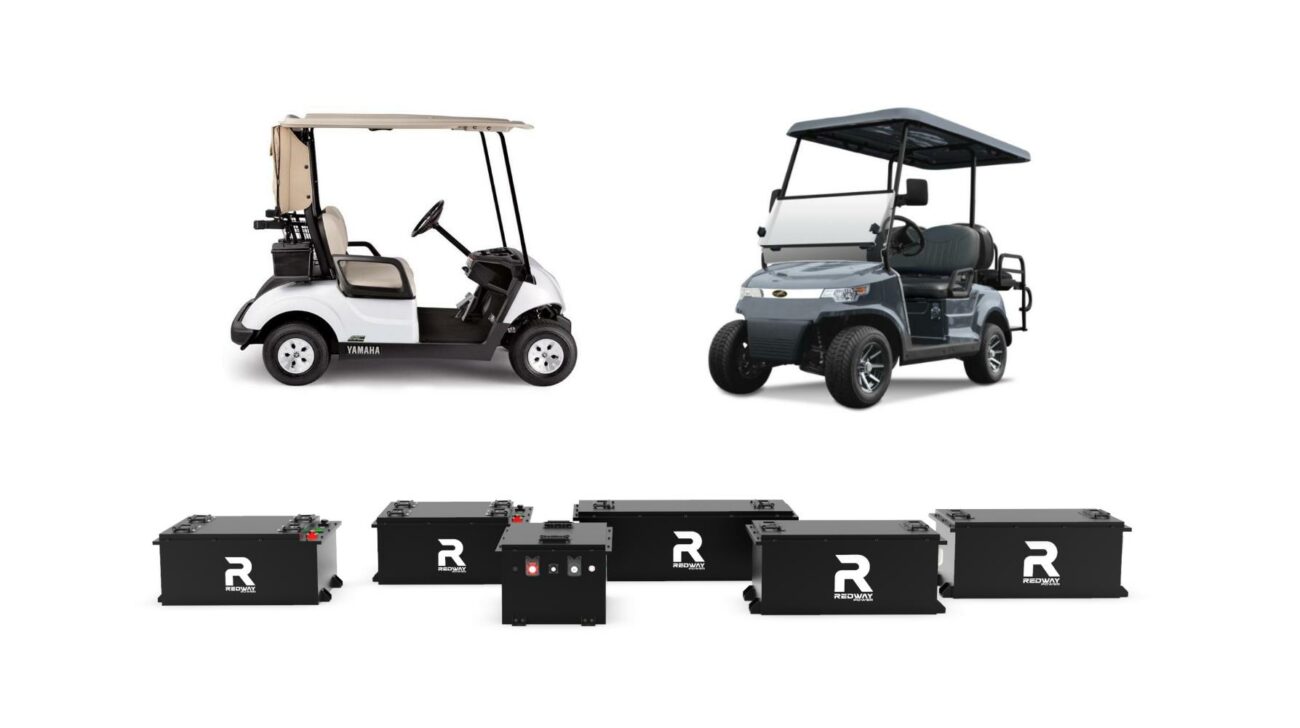Lithium iron phosphate (LiFePO4) batteries are widely used in renewable energy systems, EVs, and portable electronics. Choosing the right supplier involves evaluating technical expertise, certifications, production capacity, and sustainability practices. Top suppliers prioritize safety, energy density, and cycle life while adhering to international standards like UN38.3 and IEC 62133.
48V 280Ah Lithium Forklift Battery
How Do Lithium Iron Phosphate Batteries Compare to Other Lithium-Ion Chemistries?
LiFePO4 batteries offer superior thermal stability, longer cycle life (2,000–5,000 cycles), and enhanced safety due to their stable cathode material. Unlike lithium cobalt oxide (LiCoO2) or NMC batteries, they are less prone to thermal runaway, making them ideal for high-temperature environments. However, they have a lower energy density (90–160 Wh/kg) compared to NMC or LCO batteries.
What Certifications Should a Reliable LiFePO4 Supplier Have?
Reputable suppliers comply with certifications such as ISO 9001 (quality management), ISO 14001 (environmental management), UL 1973 (stationary storage), and IEC 62619 (safety for industrial applications). UN38.3 certification is mandatory for transportation, ensuring batteries withstand vibration, altitude, and temperature extremes. RoHS and REACH compliance confirms adherence to hazardous substance restrictions.
Certifications serve as critical benchmarks for evaluating supplier reliability. For instance, ISO 9001-certified facilities implement rigorous quality control protocols, reducing defect rates by up to 30% compared to non-certified competitors. UL 1973 certification specifically validates fire resistance and electrical safety in energy storage systems, a non-negotiable requirement for grid-scale installations. Suppliers serving European markets must also comply with the EU Battery Directive’s carbon footprint reporting rules, which mandate transparency in raw material sourcing and production emissions. Leading manufacturers now pursue IATF 16949 automotive quality management certification to meet EV OEMs’ zero-defect expectations.
| Certification | Scope | Key Requirement |
|---|---|---|
| UN38.3 | Transportation Safety | Passes altitude, thermal, and vibration tests |
| IEC 62619 | Industrial Applications | Overcharge/over-discharge protection |
| UL 9540A | Fire Safety | Thermal runaway propagation limits |
Which Industries Rely Most on LiFePO4 Battery Suppliers?
Key industries include renewable energy (solar/wind storage), electric vehicles (EVs, buses, forklifts), telecommunications (backup power), and marine applications. Military and aerospace sectors also use LiFePO4 for its durability and safety. Suppliers catering to these industries often provide custom BMS (Battery Management Systems) integration and IP67-rated enclosures for harsh conditions.
Know more:
Who Are the Leading LiFePO4 Battery Manufacturers in 2025?
How to Choose Reliable LiFePO4 Battery Vendors for Optimal Performance?
What Are the Key Factors in Choosing LiFePO4 Battery Distributors?
Lithium Iron Phosphate (LiFePO4) Batteries: Key Considerations for Choosing Suppliers
How to Choose the Best LiFePO4 OEM Supplier for Your Needs?
How Do LiFePO4 Battery Factories Drive Sustainable Energy Innovation?
Why Is Thermal Management Critical for LiFePO4 Battery Performance?
While LiFePO4 batteries are thermally stable, excessive heat above 60°C can degrade lifespan. Suppliers incorporate passive cooling systems, phase-change materials, or liquid cooling in high-performance setups. Proper thermal management ensures optimal charge/discharge rates and prevents capacity fade, especially in applications like EVs or grid storage with frequent deep cycling.
How Do Geopolitical Factors Affect Supplier Selection?
Trade policies, tariffs, and regional conflicts impact material availability (e.g., lithium, phosphate) and production costs. For instance, suppliers in China dominate graphite anode production, while Australia leads lithium mining. Diversifying suppliers across regions like North America, Europe, and Asia mitigates risks from geopolitical tensions or supply chain disruptions.
The concentration of critical minerals in specific regions creates supply vulnerabilities. Over 80% of lithium refining occurs in China, despite Australia and Chile producing most raw ore. Recent US Inflation Reduction Act incentives have pushed battery makers to establish partnerships with Canadian lithium miners and Mexican cathode plants to qualify for tax credits. Meanwhile, European suppliers are investing in lithium extraction from geothermal brines in the Rhine Valley to reduce reliance on imports. Smart procurement strategies now involve dual-sourcing phosphate from Morocco and Vietnam while stockpiling 6-12 months of lithium iron phosphate inventory to buffer against trade policy shifts.
| Material | Primary Source (2024) | Alternative Sources |
|---|---|---|
| Lithium | Australia (52%) | Chile, Argentina |
| Graphite | China (65%) | Mozambique, Brazil |
| Phosphate | Morocco (70%) | USA, Russia |
What Role Does R&D Investment Play in Supplier Competitiveness?
Top suppliers invest 5–10% of revenue in R&D to improve energy density via nanotechnology coatings (e.g., graphene-enhanced cathodes) and silicon composite anodes. Innovations like solid-state LiFePO4 hybrids and AI-driven BMS optimization reduce costs and enhance performance. Patents in electrode design or recycling processes also signal technological leadership.
Can LiFePO4 Suppliers Meet Global Supply Chain Demands?
Leading suppliers operate vertically integrated facilities, controlling raw material refining, cell production, and pack assembly. For example, CATL and BYD have gigafactories with 100+ GWh annual capacity. However, cobalt-free LiFePO4 still faces challenges in scaling phosphate production and securing lithium hydroxide supply amid EV market growth.
“The shift to LiFePO4 is accelerating due to its safety and cost advantages over NMC. Suppliers must now balance scalability with sustainability—adopting closed-loop recycling and low-carbon refining methods. At Redway, we audit partners for water usage metrics (<1.5 L/Wh) and renewable energy-powered factories to align with ESG benchmarks.” — Redway Energy Storage Analyst
Conclusion
Selecting a lithium iron phosphate battery supplier requires analyzing technical capabilities, certifications, and adaptability to market shifts. Prioritize partners with robust R&D pipelines, transparent supply chains, and compliance with evolving regulations like the EU Battery Directive. As demand grows, suppliers offering circular economy solutions and localized production will lead the industry.
FAQs
- How long do LiFePO4 batteries typically last?
- LiFePO4 batteries last 8–15 years, with 2,000–5,000 cycles at 80% depth of discharge (DoD). Proper maintenance, such as avoiding full discharges below 20% SOC, extends lifespan.
- Are LiFePO4 batteries more expensive than lead-acid?
- Initial costs are 2–3x higher than lead-acid, but LiFePO4 offers lower total cost of ownership due to longer lifespan, higher efficiency (95–98%), and minimal maintenance.
- Can LiFePO4 batteries be recycled?
- Yes. Suppliers like Redway Recovery reclaim 95% of materials (lithium, iron, phosphate) through hydrometallurgical processes. EU regulations mandate 70% recycling efficiency by 2030.







